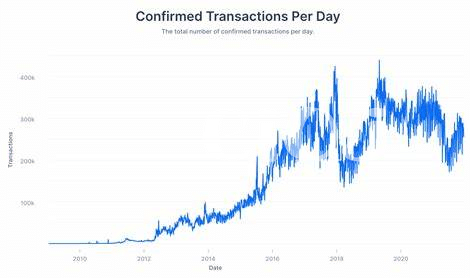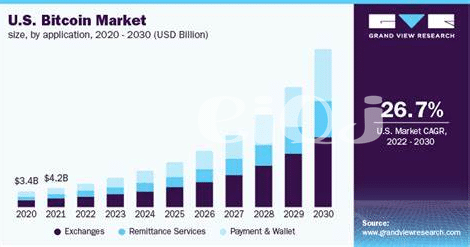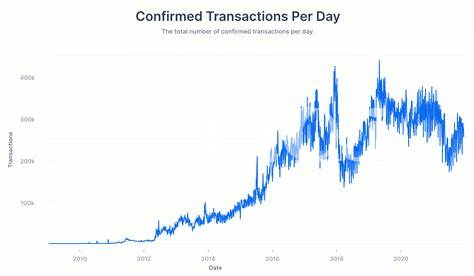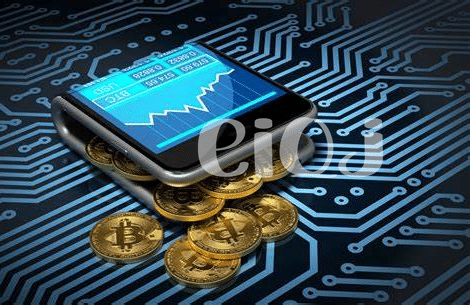🌍 What Is Biometric Security? a Simple Explanation

Imagine your body has a unique key that can unlock your most treasured secrets—that’s what biometric security is all about. It uses parts of you, like your fingerprints, the shape of your face, or even the way you walk, to verify it’s really you. No two people are exactly alike, so these unique characteristics act as a powerful safeguard for personal information or access to devices. In a world where traditional passwords can be guessed or hacked, biometrics offers a more natural and direct way of proving identity, almost like a secret handshake with technology.
| Type | How It Works | Examples |
|---|---|---|
| Fingerprints | Scanning the unique patterns on your fingertip | Phone unlock, Banking apps |
| Facial Recognition | Using a camera to analyze facial features | Security systems, Smart device access |
| Voice Recognition | Identifying the unique sound of your voice | Virtual assistants, Call center verification |
🔐 How Bitcoin Wallets Keep Your Money Safe
Imagine a digital vault, where your virtual coins are kept far away from prying eyes and sticky fingers. That’s essentially what a Bitcoin wallet does – it’s your personal guardian in the vast and sometimes wild digital currency frontier. These wallets come equipped with a variety of security measures designed to keep your digital treasure safe. They use complex passwords, also known as private keys, which are like ultra-secure lock combinations that only you know. Plus, many wallets offer two-factor authentication (2FA), adding an extra layer of protection by requiring a second form of verification before access is granted. Think of it as a secret handshake that confirms it’s really you trying to get in. Some wallets even encrypt your sensitive information, wrapping your data in a digital armor, making it indecipherable to anyone who doesn’t have the key. While the thought of managing digital currency might seem daunting, these security features work tirelessly behind the scenes to ensure that your Bitcoin stays right where it should be – safely in your wallet. This secure technology not only shields your virtual assets from unauthorized access but also gives you peace of mind, knowing your digital wealth is protected.
👆 the Role of Fingerprints in Protecting Your Bitcoin

Imagine having a super-secret handshake that only you and your Bitcoin wallet know. That’s kind of what using your fingerprint to protect your digital money is like. Every time you want to check your balance or make a transaction, your wallet goes, “Show me the secret handshake!” And because your fingerprints are unique to you, it’s like having a super secure key that can’t be easily copied or stolen. This personal touch adds an extra layer of security, making it much tougher for anyone who isn’t you to sneak a peek at your Bitcoin stash.
But why stop at making things hard for sneaky intruders? Using your fingerprint not only keeps your Bitcoin safer, it also makes accessing your digital cash quicker and easier. No more trying to remember complicated passwords or digging through your notes for where you wrote down your security details. Just a quick tap, and voilà, you’re in. This blend of convenience and security is paving the way for a future where checking on your digital dollars is as easy and safe as closing your front door.
🤳 Beyond Fingerprints: the Future of Biometric Innovations

Fingerprints were just the beginning. The horizon of biometric innovation is broadening, as technology advances in leaps and bounds. Imagine unlocking your Bitcoin wallet not just with a touch, but with a blink of an eye or the sound of your voice. These are not scenes from a sci-fi movie; they’re the imminent future of securing digital currencies. For instance, iris scans and facial recognition offer unique identifiers that are nearly impossible to replicate, adding an extra layer of security to your digital assets. Voice recognition, on the other hand, could make access to your Bitcoin wallet as easy as speaking a passphrase. The integration of these advanced biometrics into Bitcoin wallets could redefine the safety measures in the digital currency world. As we move forward, staying updated on the latest in bitcoin market analysis in 2024 is pivotal, especially when innovations like these have the potential to significantly impact market dynamics.
💡 Integrating Biometrics into Bitcoin Wallets: the Process
Imagine your Bitcoin wallet, a digital bank in your pocket, getting a superhero upgrade. 🦸♂️ This isn’t about flashy capes or flying ability but adding a personal touch, quite literally, through biometrics. The journey to make this happen starts with choosing the right biometric feature—be it your fingerprint, your face, or the way you talk. Next, engineers work their magic to ensure these unique parts of you can securely unlock access to your digital gold. This involves crafting special software that talks to your device and says, “Yep, this is our person!” every time you want to check on your Bitcoins. But it’s not just about locking and unlocking. This tech also checks constantly to make sure no uninvited guests are trying to sneak in. To visualize this:
| Step | Description |
|---|---|
| 1. Selection | Choosing the biometric feature(s) to use |
| 2. Integration | Developing software for biometric verification |
| 3. Continual Verification | Ensuring ongoing security checks |
This seamless blend of personal security features with digital wallet tech not only simplifies access but fortifies your Bitcoin stash against theft, making your digital treasure chest a lot less tempting for digital pirates. 🏴☠️✨
🚀 the Benefits & Challenges of Biometric Bitcoin Wallets

Imagine using your fingerprint or face to unlock a treasure chest; that’s what combining biometrics with Bitcoin wallets feels like. This fusion offers a personal touch—literally—making it harder for someone else to access your digital gold. However, it’s not all smooth sailing. One immediate benefit is the ease of use; there’s no need to remember complex passwords or worry about losing a physical key. Your unique traits are your passcode, always with you, offering a level of convenience traditional methods can’t match. Moreover, biometric security adds an extra layer of protection, as replicating someone’s biometric data is significantly more challenging than guessing a password.
But let’s not overlook the hurdles. The technology isn’t foolproof—there are concerns about the potential for sophisticated forgeries. And what happens if your biometric data is compromised? Unlike a password, you can’t just change your fingerprint or face. There’s also the issue of privacy; storing such sensitive information raises questions about who else might access it. Lastly, implementation costs and the need for compatible hardware could slow widespread adoption. Despite these challenges, the idea shines with promise. The integration not only aims to enhance security but also streamlines the experience, aligning perfectly with the digital age’s demands. For a glimpse into how closely tied this is to the ecosystem’s foundation, consider how closely biometric security’s evolution is lined up with bitcoin price volatility in 2024, showcasing the dynamic landscape of blockchain technology.
